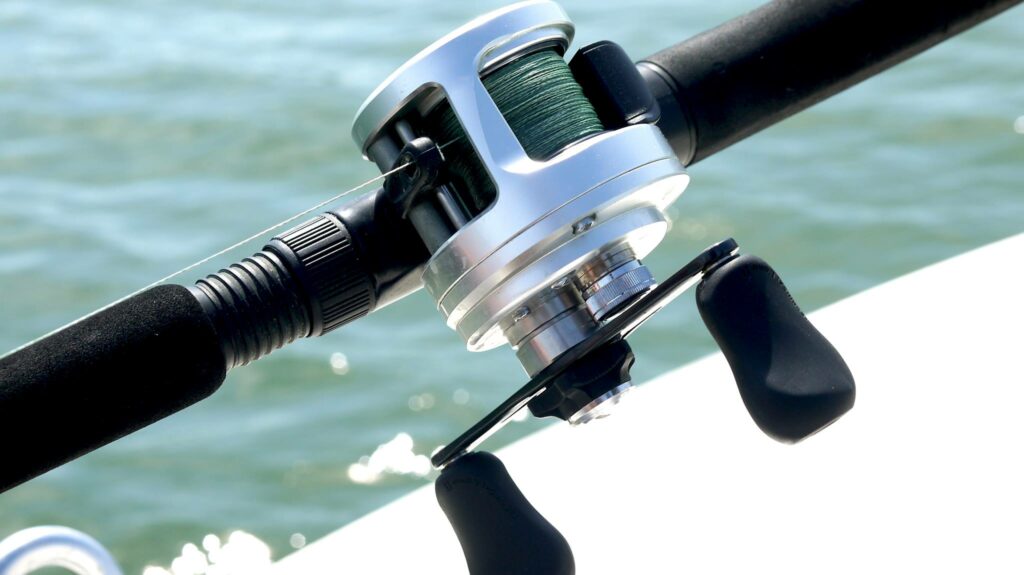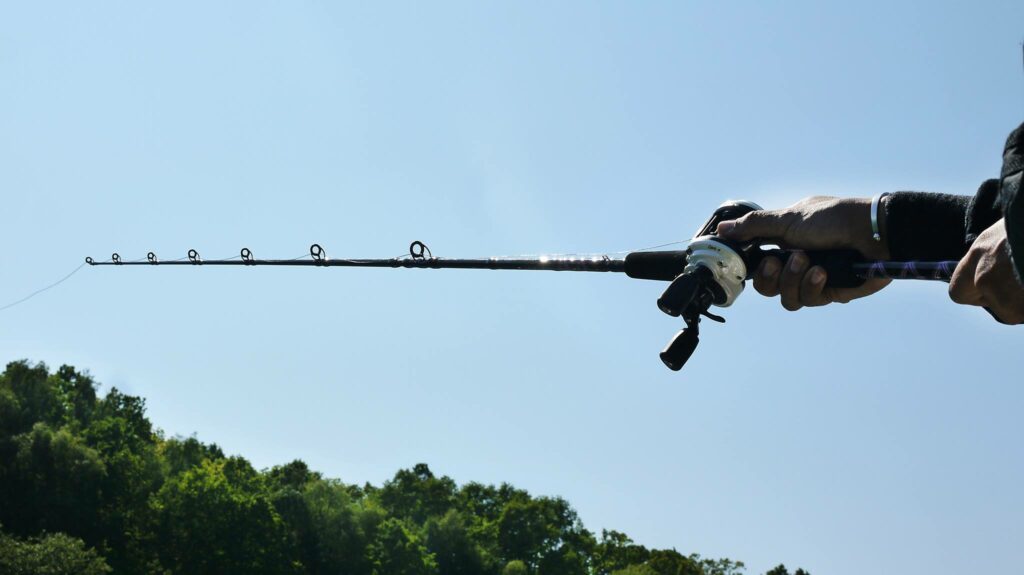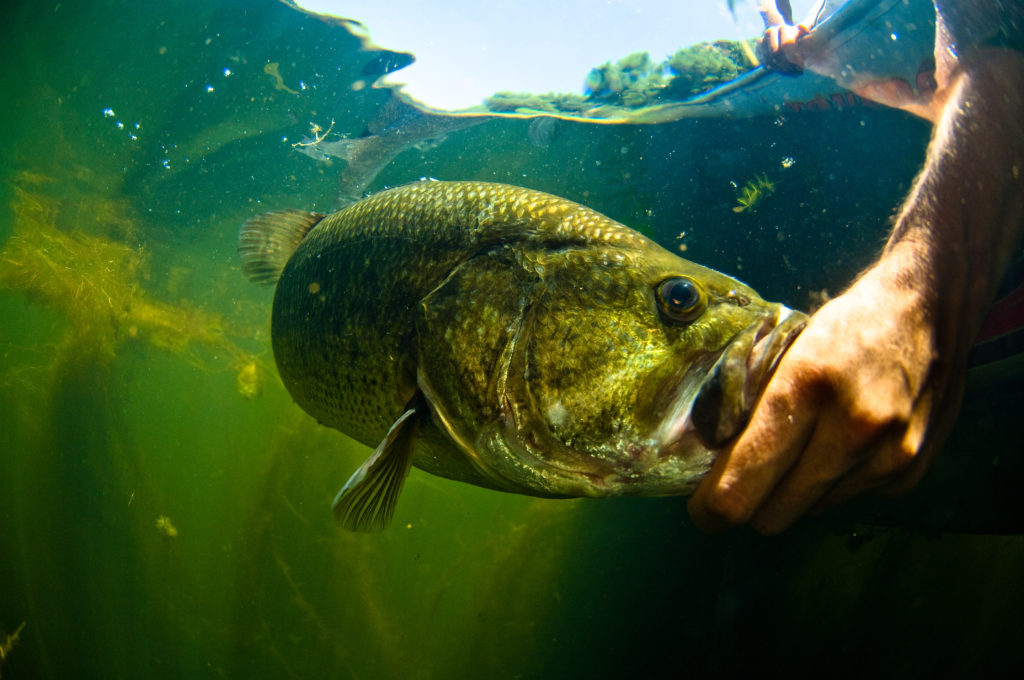
The The PE of a braid is an important element to take into account when lure fishing.. However, while for an insider understanding the PE of a braid is a minor detail, it can be very complex for a novice angler. All the more so as braids these days are becoming increasingly complex and the range on offer ever wider. So how do you choose the right braid? Here's an article to help you understand what's what.he PE of a braid and how to relate this to the diameter of a braid.
What is a fishing braid?
Before understanding the relationship between PE and the diameter of a braid, you first need to understand what a fishing braid is.
A fishing braid is a tangle of filaments made from polyethylene. Polyethylene -> PE, you've already got part of the story. These filaments are braided together, hence the name braid. Polyethylene filaments are much stronger than nylon and conventional monofilaments of equivalent diameters. It's precisely for this reason that many anglers now use braid. But it's not the only one!
A fishing braid also floats. In fact, it has a weight ratio of 0.97, whereas water has a weight ratio of 1.0. The line is braided with a lot of very fine fibres and tends to have a coating to protect the fine fibres.
Polyethylene filaments also have the property of being less elastic than conventional nylon. Under certain conditions, a braided line has the advantage of transmitting vibrations and attacks more clearly, so you can fish more accurately at long distances or make faster hooks.
The braided line has a small diameter and no stretch, which translates into great line sensitivity. A bonus is that the braid throws a long way.

What is the PE of a braid?
The term PE is used to measure the diameter of a braid. The PE of a braid is based on a Japanese numbering system known as "gouw". This term was originally used to measure the diameter of silk thread.
When a PE rating is applied to a braid, it is simply a measurement of the diameter of the braid. This is not a scale for measuring the breaking strength of a braid. In fact, a PE 5 braid can break at 30 lb, 50 lb, 90 lb or any intermediate strength. The degree of breakage depends on the quality of the polyethylene fibre, the spinning process and, above all, the number of filaments braided: 3, 4, 8, 12 or 16.
To make things easier for us as anglers, some brands try to market braid with a resistance 10 times greater than the PE indicated. For example, a PE braid 5 = 50lb of resistance.
However, with the innovations and the ever-increasing number of strands added to the braid (8, then 12, then 16), resistance increased more and more.

Matching PE braid and wire diameter
Here is a converter showing the relationship between PE braid and wire diameter
PE converter - Diameter
As explained above, the PE of a braid is intrinsically linked to the diameter, not the strength.
Here is a table of equivalence between PE braid and line diameter useful for fishing :
| PE braid | Diameter |
| PE 0.6 | 0.128 mm |
| PE 0.8 | 0.148 mm |
| PE 1 | 0.165 mm |
| PE 1.2 | 0.185 mm |
| PE 1.5 | 0.205 mm |
| PE 1.7 | 0.218 mm |
| PE 2 | 0.235 mm |
| PE 2.5 | 0.260 mm |
| PE 3 | 0.285 mm |
| PE 3.5 | 0.310 mm |
| PE 4 | 0.330 mm |
| PE 5 | 0.370 mm |
| PE 6 | 0.405 mm |
| PE 7 | 0.435 mm |
| PE 8 | 0.470 mm |
| PE 10 | 0.520 mm |
| PE 12 | 0.570 mm |
| PE 14 | 0.620 mm |
Useful links to complete this article:
Braid or Nylon: which line to choose for lure fishing?
How to choose your casting reel?
Lure fishing: Which fishing rod to choose according to the lure used?
Casting or spinning: which choice to adopt?




